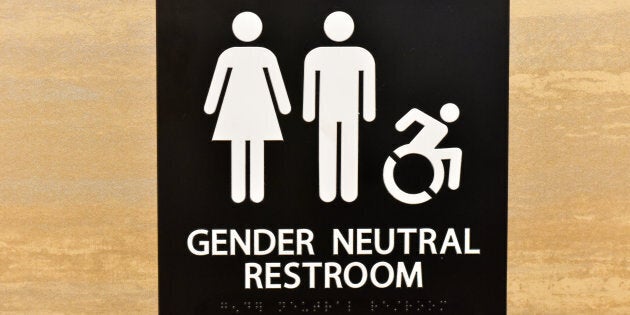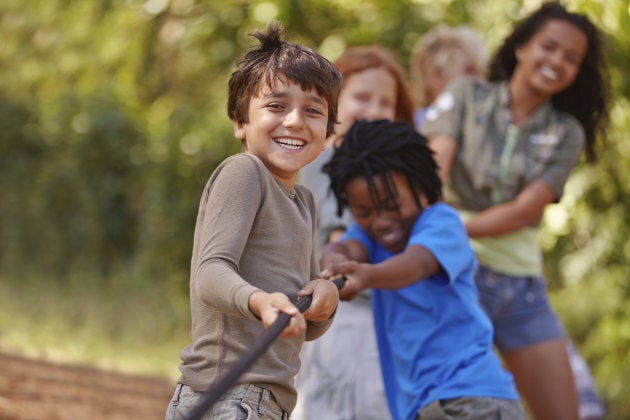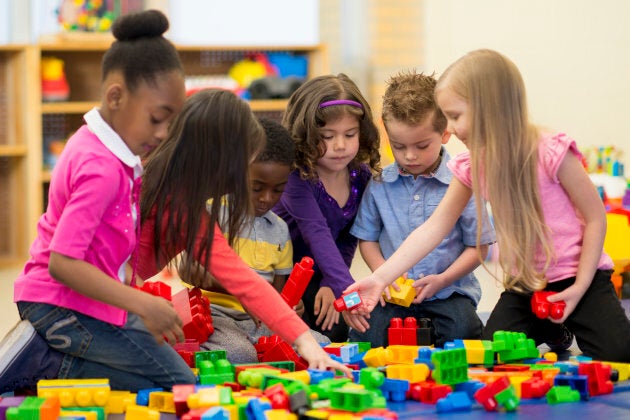
The news about nine-year-old Jamel Myles, from Denver, Colorado, who took his own life after reportedly being bullied for being gay, is beyond heartbreaking.
While parents and families are responsible for much of a child's initial socialization, schools become the next most important social environment that shape children's attitudes, beliefs and behaviours. Our teachers, their classrooms, and the entire school community has a vital part to play in helping to eliminate bullying, unhealthy gender norms and stereotypes.
Here are five things that we, as parents and educators, can advocate for in our schools:

Stop boy/girl groupings
"Boys line up along this wall, and girls line up along this wall." This common classroom protocol is very difficult for a gender-fluid child and creates a false dichotomy that there are only two genders. Instead, teachers can go around the room assigning numbers one and two to each child and have the ones line up and the twos line up, respectively. Teachers should also stop addressing the class as "boys and girls" and instead refer to them simply as "students." Likewise, instead of saying "mom and dad," replace with "parents and caregivers." This small change in language can create a much more accepting school environment.
Encourage and allow play of all kinds for all kids
Avoid equipping the classroom with toys that are manufactured in the typical pink and blue. Many toys can be found in a simple wood format. Allow, and even encourage, children to play in all the centres of the classroom. If girls are invited to play with Lego and boys are instructed to bake a pretend cake, they are more likely to venture into this type of play and discover they enjoy it! Ensure that play is equal and open to all students.
More from HuffPost Canada:
Diversify the literature and curriculum
Teachers should specifically look for story books that challenge gender stereotypes. Stories with strong heroic girls/women, or books with boys/men who are sensitive and need help should be sought out. Anytime there is an opportunity to weave non-traditional gender stereotypical figures into the science or history curriculum, try to include them too.
Correct children when they make gender stereotypic comments
If a teacher overhears children making comments that reinforce gender norms and stereotypes, such as "dolls are for girls," "boys can't be nurses," or if they segregate themselves in play by stating "only boys are allowed on the slide," the teacher should take the time to make this a teachable moment and correct them. It's important that children understand why these ideas are incorrect and harmful.

Implement gender-neutral bathrooms
For gender-fluid children, one of the most stressful social situations is using the public bathroom and change rooms, which is why every school should have gender-neutral areas for children use. This promotes inclusivity, understanding and allows for the overall safety of children at school.
Allow children to use their preferred name/pronoun
If a child requests to be called by a name of the opposite gender, or their non-legal name, allow it. Ask children what pronoun they prefer. If they feel more comfortable being called "he/him" instead of "she/her," or prefer "they/them," be respectful of their wishes and refer to them as such.
More on HuffPost: